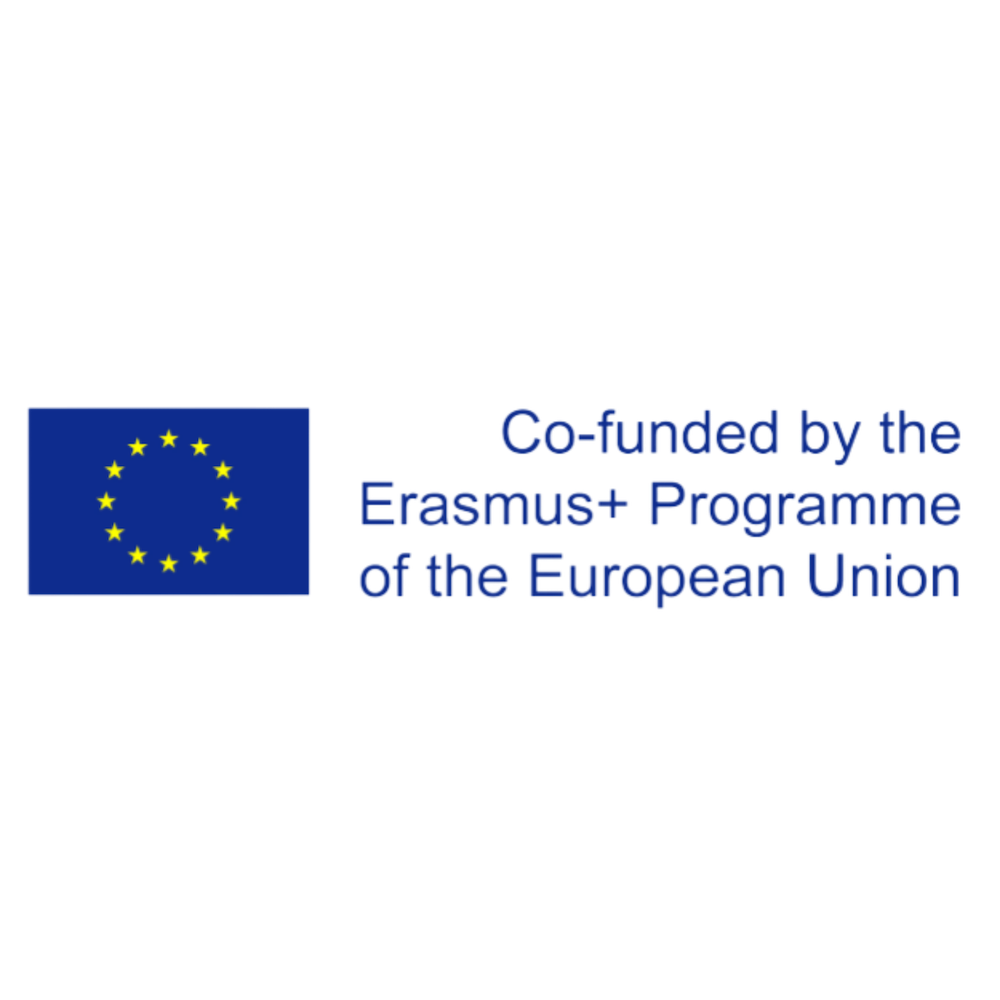Blog

Why Holistic Teaching is Important in Language Learning
In the rapidly evolving landscape of education, language learning has undergone significant changes, shifting from traditional methods to more integrated and holistic approaches. Holistic teaching, which considers the learner's cognitive, emotional, social, and cultural needs, has emerged as a powerful method in language education. This approach is not merely about teaching vocabulary and grammar; it is about fostering a deeper connection to the language and culture, developing critical thinking skills, and promoting overall well-being. Here’s why holistic teaching is so important in language learning.
1. Addresses the Whole Learner
Holistic teaching recognizes that learners are not just passive recipients of information but complex individuals with diverse needs, backgrounds, and learning styles. By addressing the whole learner, this approach considers the emotional, social, and cognitive aspects of language acquisition. For example, integrating activities that build confidence, reduce anxiety, and foster a positive classroom environment can enhance motivation and retention. When students feel emotionally supported and socially connected, they are more likely to engage deeply with the language learning process.
2. Enhances Cultural Awareness and Sensitivity
Language is deeply intertwined with culture, and holistic teaching emphasizes the importance of understanding the cultural context in which a language is spoken. This approach goes beyond teaching language as a set of rules; it involves exploring the traditions, values, and social norms of the target language's culture. By incorporating cultural studies, literature, and real-life communication scenarios, holistic teaching helps learners develop cultural awareness and sensitivity. This not only makes language learning more relevant and engaging but also prepares learners to use the language in real-world contexts with cultural competence.
3. Promotes Critical Thinking and Problem-Solving
Holistic teaching encourages learners to think critically about language and its use. Instead of rote memorization, this approach promotes problem-solving and the application of language in various contexts. For instance, learners might be asked to interpret a text, express opinions, or engage in debates, all of which require them to use language creatively and thoughtfully. By fostering critical thinking, holistic teaching helps learners develop the skills they need to navigate complex linguistic and cultural landscapes, both in their studies and in everyday life.
4. Supports Lifelong Learning and Autonomy
One of the key goals of holistic teaching is to foster autonomy and a love for lifelong learning. This approach encourages learners to take ownership of their language learning journey by setting personal goals, reflecting on their progress, and seeking out opportunities for practice beyond the classroom. By developing self-regulation and metacognitive skills, learners are better equipped to continue their language studies independently, long after formal instruction has ended. This lifelong learning mindset is crucial in a world where language skills are increasingly important for personal and professional growth.
5. Integrates Language with Other Disciplines
Holistic teaching often involves integrating language learning with other disciplines, such as history, art, science, and social studies. This interdisciplinary approach not only makes language learning more meaningful but also helps learners see the connections between language and the world around them. For example, studying historical texts or scientific articles in the target language can deepen learners' understanding of both the language and the subject matter. This integrated approach supports a richer, more contextualized learning experience that goes beyond the traditional language classroom.
6. Fosters Collaboration and Social Learning
Holistic teaching recognizes the importance of social interaction in language learning. Group activities, peer feedback, and collaborative projects are integral to this approach, as they provide opportunities for learners to practice language in authentic, communicative contexts. Social learning not only enhances language proficiency but also builds interpersonal skills, such as teamwork, empathy, and communication. These skills are essential for success in both academic and professional settings, particularly in our increasingly globalized world.
Holistic teaching is a powerful approach in language learning that goes beyond the mechanics of language to address the whole learner. By integrating emotional, social, cognitive, and cultural dimensions, holistic teaching creates a rich, supportive environment that fosters deep, meaningful language acquisition. As the world becomes more interconnected, the ability to communicate across languages and cultures is more important than ever. Holistic teaching not only equips learners with the linguistic skills they need but also prepares them to be thoughtful, empathetic, and culturally aware global citizens.
For educators and learners alike, embracing holistic teaching methods can lead to more effective, engaging, and fulfilling language learning experiences, paving the way for a lifetime of language use and cultural understanding.
Leave your thought here
Your email address will not be published. Required fields are marked *


 Admin
Admin 
Comments (0)